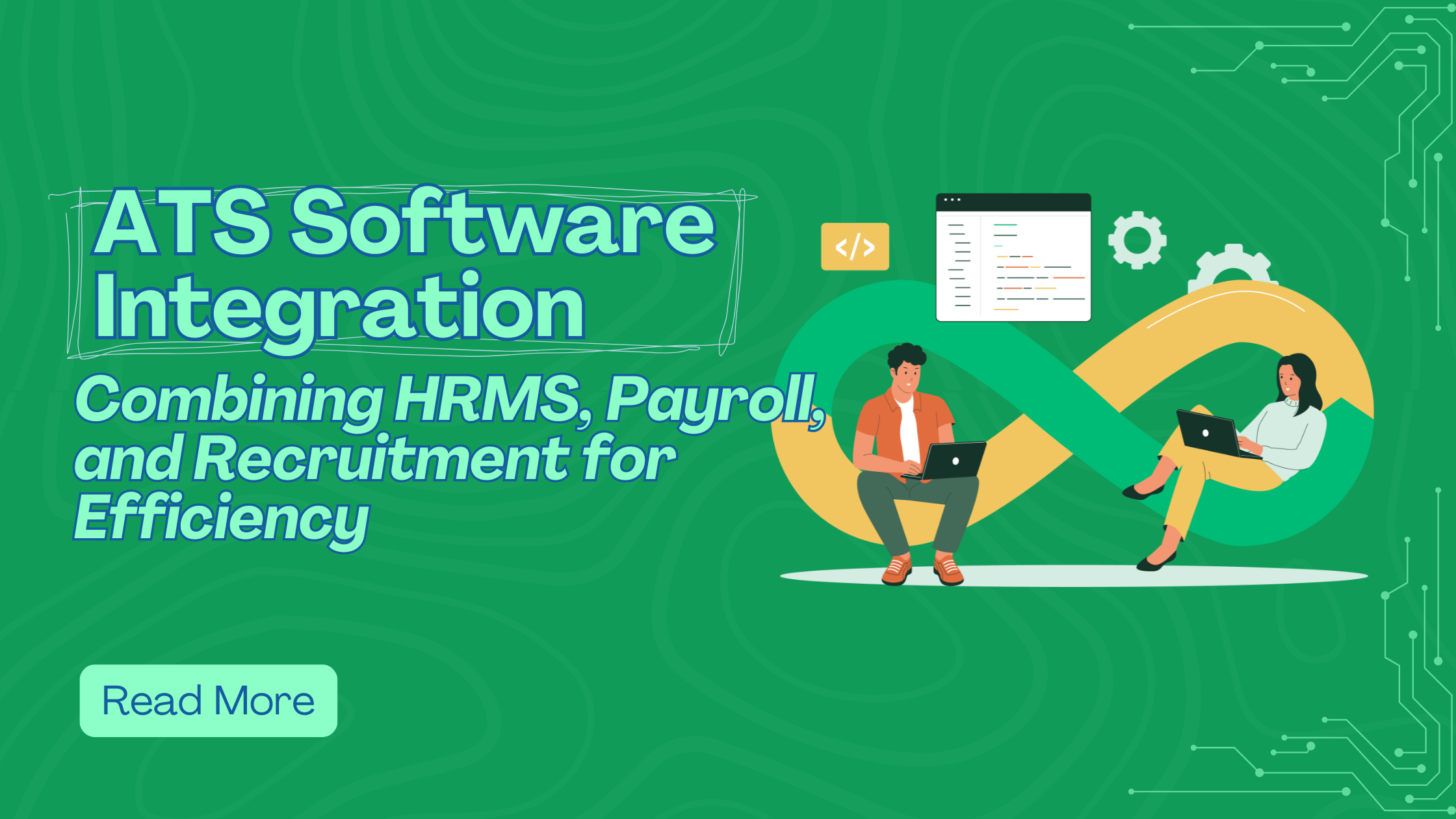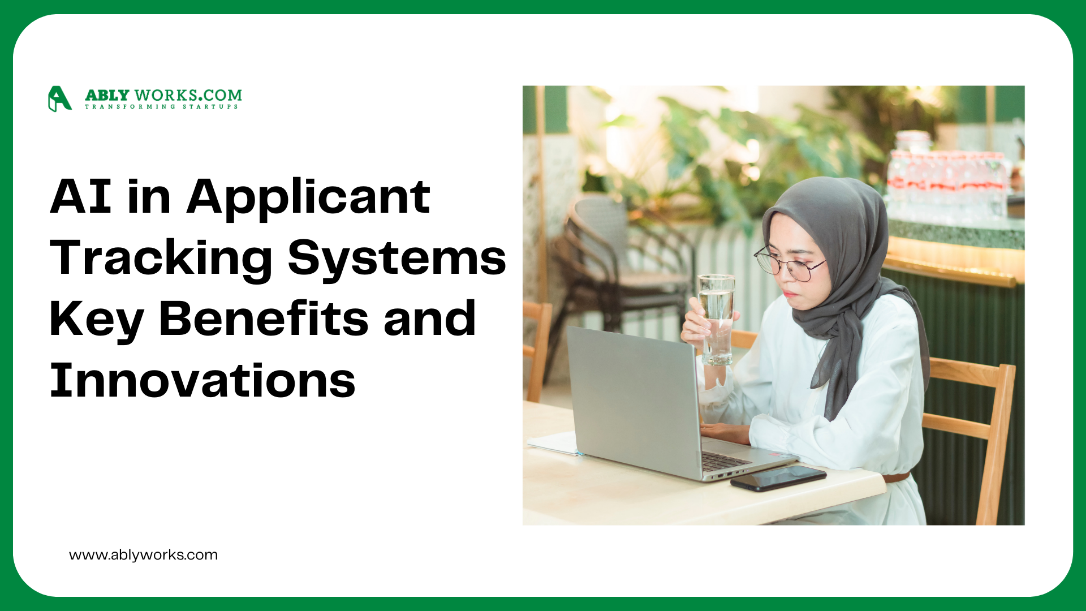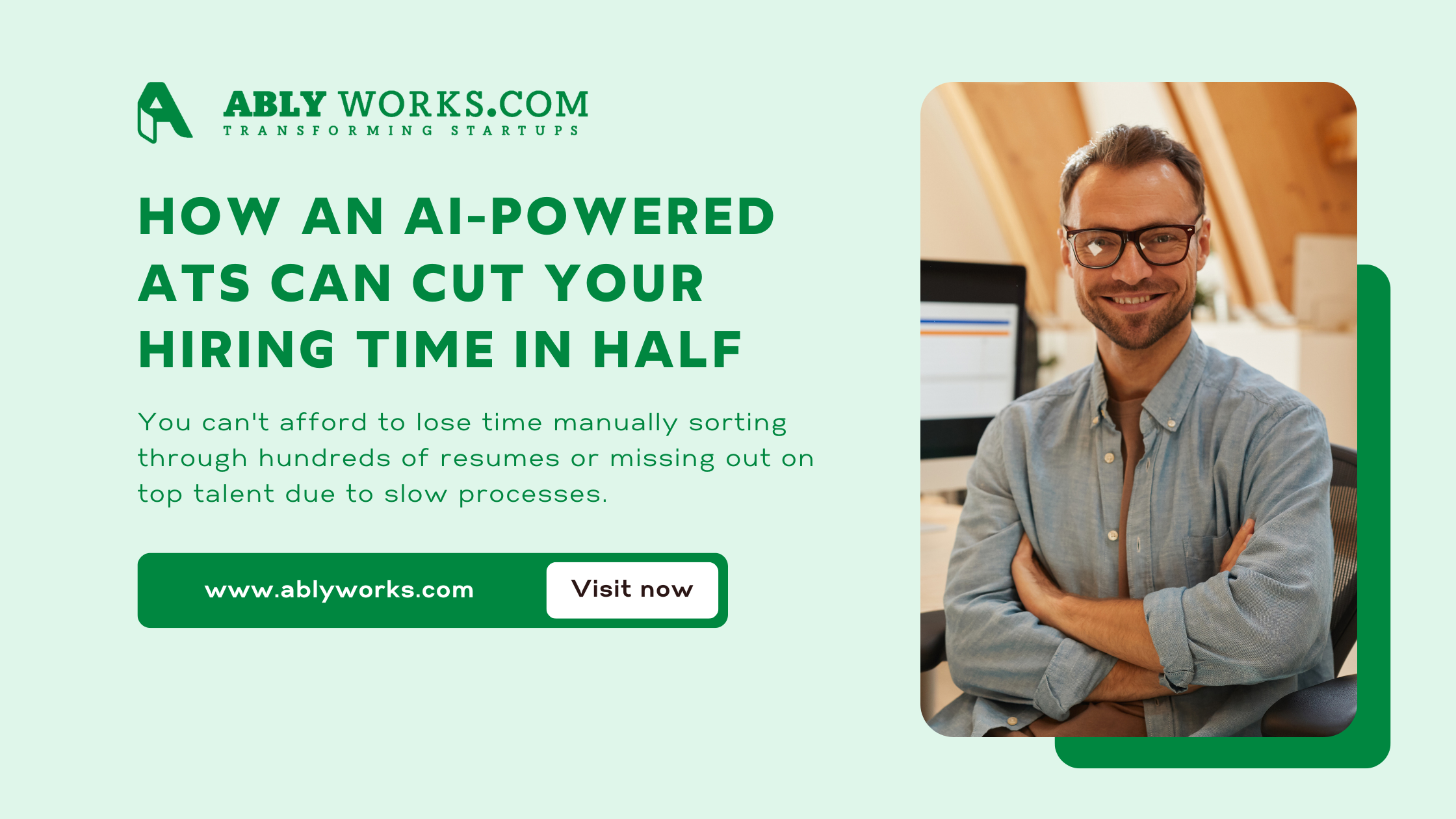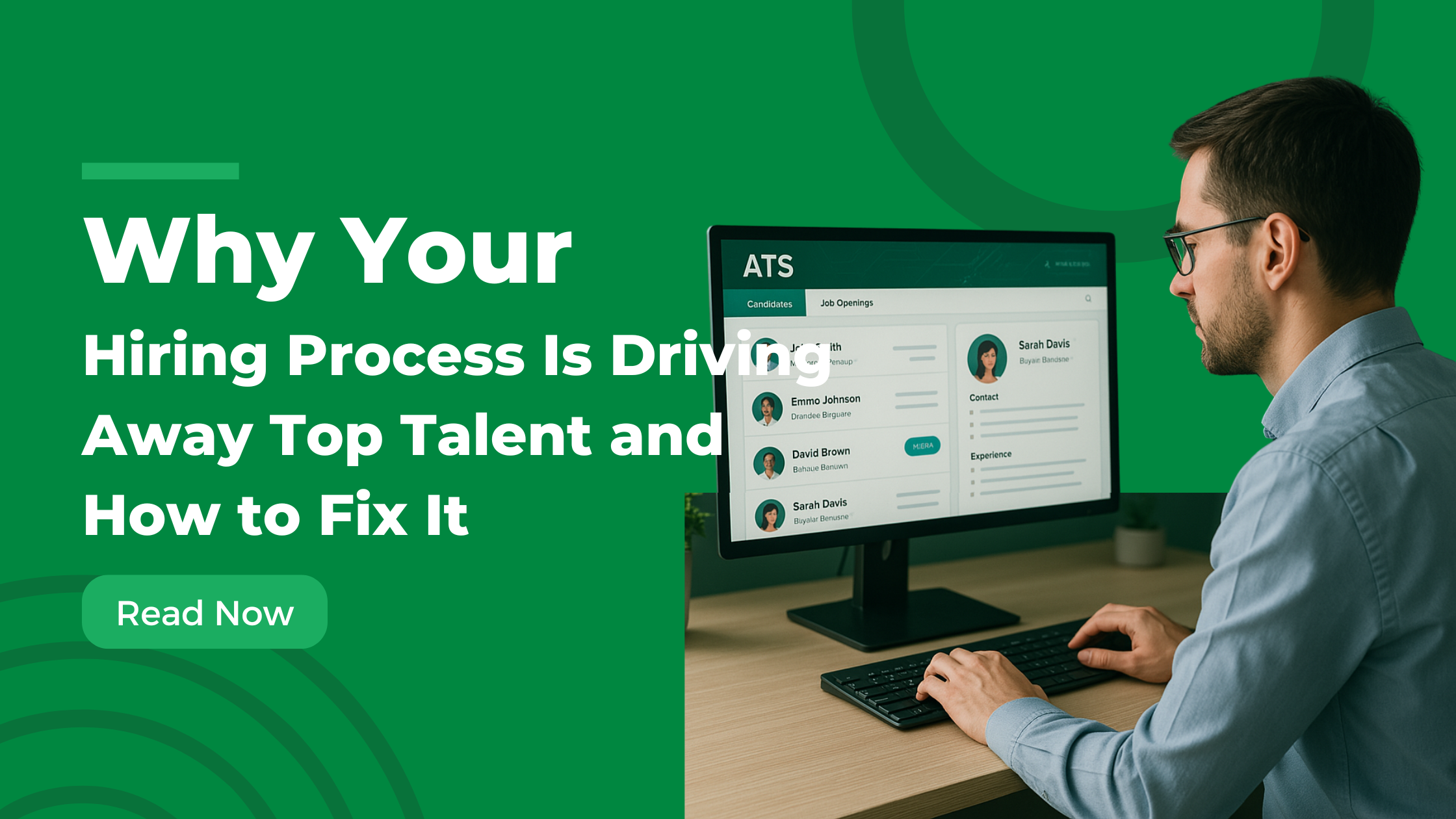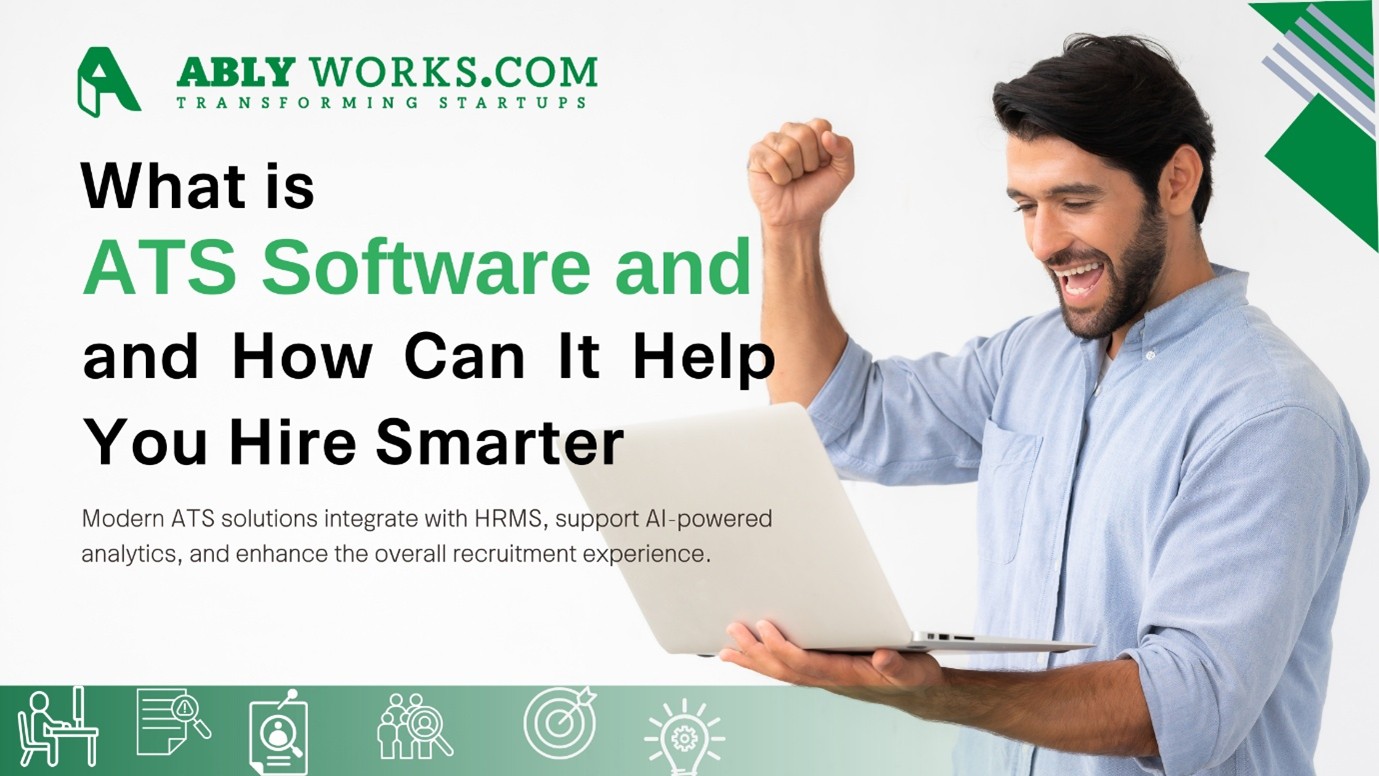
Hiring the right candidate at the right time can make or break a business. But in 2025, along with a good data set, you also need a smart and fast hiring process. Resumes flood in faster than you can blink, and manual hiring methods just can't keep up.
That’s where ATS software steps in…. or better, AI-enabled ATS!
An Applicant Tracking System (ATS) streamlines the hiring process and improves efficiency. It is more than a bonus; now, it is an asset for every recruiter, HR team, and growing business out there to stay ahead of the league.
Let’s explore what an AI-based ATS platform can do, how they’re evolving, and why companies across industries are turning towards it for better results in half the time and effort.
What Is an Applicant Tracking System?
An Applicant Tracking System is a digital recruitment tracking system that helps employers automate their end-to-end hiring process.
From sourcing candidates to screening resumes, scheduling interviews, and making offers, an ATS for recruiters centralizes it all in one dashboard. It saves hours of manual work and offers insights that help you hire smarter.
How Does an ATS Work? A Step-by-Step Guide
An ATS scans and sorts the job applications and finds suitable candidates based on the keywords, skills, and experiences listed in the resumes. It collects the applicants and the applicants' information and stores it by creating a searchable database. Below is a step-by-step breakdown of how an ATS functions:
- Job Posting – Employers create job listings and distribute them across multiple job boards.
- Application Collection – The ATS gathers and stores all submitted resumes in a centralized system.
- Resume Screening – The system scans resumes using predefined keywords and filters out unqualified applicants.
- Candidate Ranking – The ATS ranks applicants based on their skills, experience, and qualifications.
- Tracking and Communication – Recruiters monitor candidates, schedule interviews, and communicate through the system.
- Collaboration with Hiring Managers – Teams can review applications, leave feedback, and make hiring decisions collaboratively.
- Data-Driven Insights – The ATS generates reports to help optimize the hiring process and improve decision-making.
By following these steps, ATS software saves recruiters time, reduces hiring costs, and ensures the best candidates are identified efficiently.
What Modern ATS Software Can Do (That Excel Sheets Can’t)
Today, when the whole industry is running on AI, why should hiring, the core of every business, be a manual process, the best ATS software doesn’t just store resumes—it enables one recruiter to give 3 times the outcome. Here’s what top platforms offer today:
- AI-based Resume Filtering – Automatically shortlist the most relevant candidates
- HRMS Integration – Sync with your HR tools to streamline onboarding
- Automated Interview Scheduling – Reduce back-and-forth emails
- Custom Hiring Pipelines – Track each role with tailored stages
- Multi-channel Sourcing – Post jobs on LinkedIn, indeed, and more
- Real-time Collaboration – Get instant feedback from hiring managers
- Smart Analytics – Know your time-to-hire, source of hire, and drop-off points
Industry-Specific Use Cases
SaaS Companies - For technical hiring, ATS filters candidates by skills, manages assessments, and automates scheduling.
Recruitment Agencies - Handle multiple clients and job roles with ease using customizable workflows and shared candidate pools.
E-commerce Businesses - Rapidly onboard seasonal and temporary staff with bulk actions and screening templates.
Healthcare Providers - Ensure compliance, document verification, and faster response times using integrated ATS features.
Comparison of Cloud, On-Premise, and Hybrid ATS Software
|
Feature |
Cloud ATS Software |
On-Premise ATS |
Hybrid ATS |
|
Deployment Time |
Immediate |
Weeks to Months |
Moderate |
|
Accessibility |
Any device, any location |
Office-bound |
Both cloud and on-site |
|
Maintenance |
Handled by provider |
Requires internal IT |
Shared responsibilities |
|
Cost |
Subscription-based |
High upfront investment |
Balanced cost structure |
|
Updates |
Automatic |
Manual upgrades |
Partial automation |
|
Scalability |
High |
Limited |
Flexible |
|
Best Suited For |
Remote teams, startups |
Large enterprises |
Mid-sized or transitioning firms |
Real-World Application
Consider Shivika, a senior recruiter at a fintech startup. Before using an ATS, she struggled with resume tracking, follow-ups, and interview coordination. After implementing an AI-based ATS platform:
- Hiring time reduced from 32 to 19 days
- Candidate engagement improved
- Internal collaboration became smoother
This transformation allowed her team to scale efficiently without sacrificing candidate experience.
Why ATS Software is Indispensable in 2025
Recruitment is increasingly data-driven and time-sensitive. Delays and inefficiencies directly impact business performance. A modern applicant tracking software offers:
- Faster time-to-hire
- Improved candidate quality
- Centralized hiring workflows
- Consistent communication
- Actionable insights via analytics
Organizations that adopt ATS software today are better positioned to attract top talent tomorrow.
Final Thoughts
Be a smart recruiter- make your hiring process structured, data-backed, and easier with an ATS!
If you are still relying on spreadsheets or disconnected tools, now is the time to explore a modern, AI-based ATS solution.
Visit AblyWorks to see how our ATS platform can help you simplify hiring and elevate your recruitment game.
Frequently Asked Questions
Is ATS suitable for small businesses?
Yes. Companies hiring under 10 employees annually benefit from saved time, reduced errors, and improved experience.
Can ATS integrate with payroll or HR tools?
Most cloud ATS platforms support integration with HRMS, payroll, and communication tools like Slack and Gmail.
Will ATS reject good candidates due to keyword filtering?
A quality applicant tracking system uses intelligent matching and contextual search, not just keyword filtering.
How does an ATS help remote teams?
Cloud ATS platforms provide real-time access from anywhere, ensuring seamless coordination for hybrid and distributed teams.

